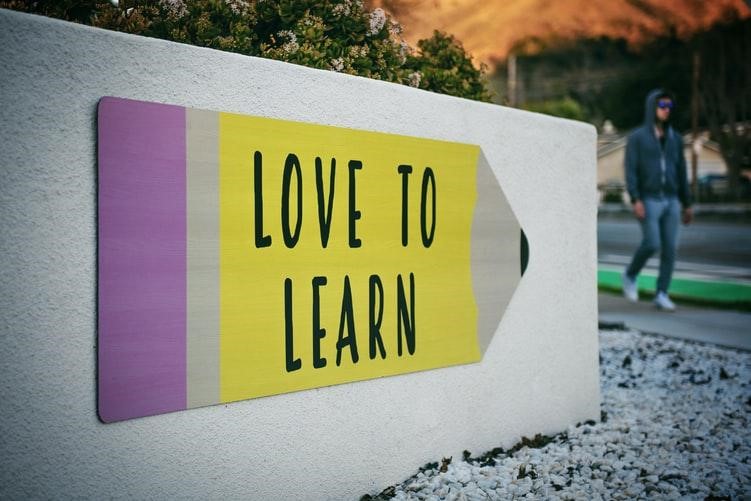When Worksheets Can Boost Learning — And When They Don’t

- Country:
- United States
Worksheets may be used for any age and subject. This is an engaging way to teach, which may feel like a game. Today, you can find materials for toddlers and high schoolers, from maths to language arts. Learners like worksheets more than textbooks. Meanwhile, educators can use them to highlight aspects of a topic or recap what they have taught in class.
Printable worksheets bring benefits to both teachers and students. For example, consider social studies worksheets from kindergarten to the eighth grade. They teach kids about a broad spectrum of disciplines, such as math, science, language arts, reading and social studies. However, like any method, they should not be abused. Here is when worksheet assignments bring the best results, and when they backfire.
The Paper vs. Digital Controversy
Today, many schools are pushing the paperless agenda, and students are using technology more than ever. Meanwhile, parents still favor more conventional methods. This puts teachers in the middle of a murky pond. Should they use worksheets at all, and how often?
When to Use
Worksheets lose efficiency when they replace an active educator. Unfortunately, some teachers get too comfortable and think they can mainly rely on worksheets to impart knowledge. So, when should they be integrated into a lesson?
- To differentiate instruction (giving the same page to all students, but will slightly different instructions to meet their individual needs and develop different skills);
- To help special education students;
- To develop creativity, collaboration, and critical thinking;
- As a consolidation tool to recap the studied material and check comprehension;
- As a tool for brainstorming, analysis, observations, evaluations, etc.
To teach or recap concepts in a fun and engaging way.
When Not to Use
Low-quality worksheets do not enhance learning. Instead, students simply regurgitate information without thinking critically. Teachers should avoid the conventional pattern of “sit and listen — sit and work”, and they should not devote the majority of class time to worksheets.
The types of tasks also matter. For example, closed questions narrow down the focus. Lists or filling in the blanks are also low-level activities. Teachers should create an exciting, collaborative, and creative atmosphere where critical thinking and communication are encouraged. Worksheets should not remove them from learning. They should serve as an addition to standard materials, as a way to boost motivation while imparting knowledge.
The Bottom Line
All teachers use worksheets, but not everyone does it properly. Well-designed assignments are valuable for differentiation and stimulation of critical thinking. When combined with technology and hands-on learning, they increase student choice.
Teachers should not let worksheets do the job for them. This method is not an excuse for passivity! Worksheets can be impressively effective, but they should be used sparingly — to highlight and recap.
(Devdiscourse's journalists were not involved in the production of this article. The facts and opinions appearing in the article do not reflect the views of Devdiscourse and Devdiscourse does not claim any responsibility for the same.)










